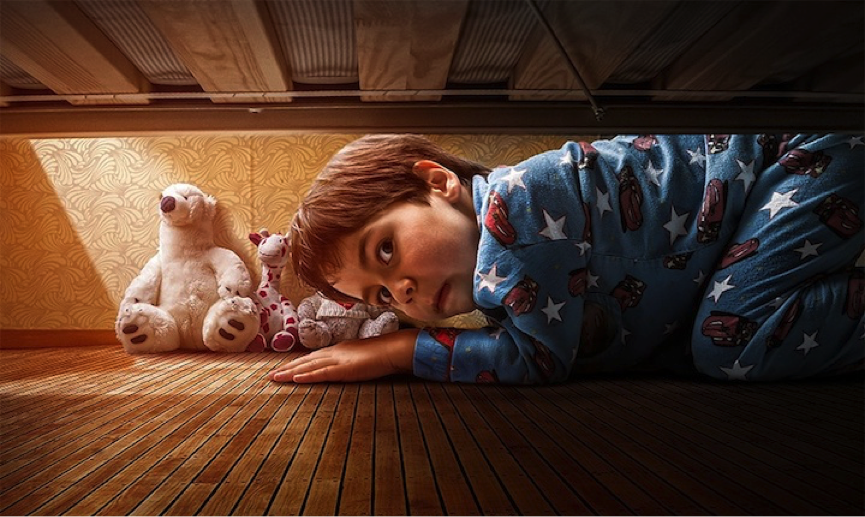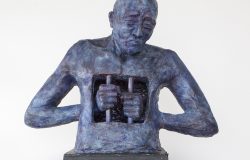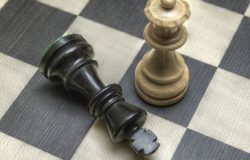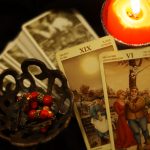Growing up in Southern Africa, it would be rare if any child were not introduced to the malevolent, dwarf-like sprite called the Tokoloshe. This evil creature was the cause of many troubles; primarily as a fear inducer visited upon naughty children (much like the boogeyman), but could, in extreme cases, be thought of as the cause of great illness and potentially the death of people. Expelling a Tokoloshe from your life involves an n’anga (witchdoctor or shaman) and a series of ritualistic atoning acts to adjust the wrongs of sins committed and curses bestowed upon the suffering victim.
I have watched with awe, as a young child, when a grown man who used to work for us and had a room in our house, asked for my help as he placed a brick under the foot of each leg of his bed. This is a well-known antidote to the malicious acts of Tokoloshes. The raised bed becomes a protected space from the spells and vindictive nature of the hairy Tokoloshe. As a child, I hadn’t bought into the possible reality of Tokoloshes; I had my own real and imagined fears to manage. None-the-less I respected the desire for a ‘fire-break’ around his bed that would short-circuit the fiery, evil actions of the Tokoloshe.
Many mythologies and cultures have a demonic creature set aside to quell the mischievous and sometimes out-right unmanageable behaviour of children. El Coco, Babau, Grýla – they are all forms of the same scary personification of something fearful that will get you if you don’t behave. We have given shape to all the forms of evil and wrong doing in our religions and mythologies – capricious gods and goddesses who moodily punish mortals, Satan and Iblis who cruelly tempt humanity – a whole array of metaphors to try and personify the darker side of our natures.
As parents we stayed away from such make-believe monsters, although the tooth fairy and Santa Claus had their shadow side of not rewarding naughtiness. Even without a Tokoloshe in their imaginations, my children still formed fears and we spent many a night being woken up by one or both of our children disturbed awake by who-knows-what demonic force. No logic can sooth these troubles. Only shared beds and constant company can act as a boon to dark thoughts when you are small. And perhaps when you are grown too.
Do you remember the story of Rumpelstiltskin? He was the mean, goblin-like creature that struck a deal with a miller’s daughter. He helped her spin straw into gold and the outcome was a royal marriage for her and the debt of handing her first-born child over to the goblin. The only escape clause in the verbal contract was if she could guess the malevolent goblin’s name. Rumpelstiltskin was assured of victory because of the uniqueness of his name and the difficulty of someone knowing or imagining what he was called. Facing into her fear the miller’s daughter, now a Queen enters a forest in search of the beastly form that wants to take her child. There she hears him maniacally chanting his name. With this new knowledge she is empowered to change the outcome of her fate. When you can name a fear it loses its power over you.
Our fears can take on many shapes and forms. There are the external manifestations – the fear of public speaking; of spiders and snakes; the fear of losing the love of someone close to us, and the ultimate fear of death. Then there are the internal fears of our own unfathomable natures and the terrifying beatific mystery of life. We can fear the demands of becoming everything life can offer up for us to be. And so we create self-imposed limitations that we put around us because we are in fact scared of our potentially annihilating power.
So we carve out those parts of ourselves that are unacceptable. The bits of us that our parents reject and we too don’t want to have live inside us. We strive to live as if we are only all good, never bad; never mean, or cruel and avoidant of the violence that we like to think only lives in others. Yet we all have our inner Tokoloshe – in fact we probably have a legion of inner demons. These demons are really our own limitations that shut us off from the ubiquity of our spirit.
Ignoring our fears is not the way to expand our consciousness. If we are to grow ourselves as people and rise up to higher orders of thinking, feeling and being, pretending our inner demons are external to us is a recipe for disaster. Recognising that we can be vindictive and heartlessly cruel, seeing our selfish acts and petty plays for power and attention are necessary mirrors that need to be regarded. Greed, pride, sloth – any of the deadly sins and indeed the whole pantheon of demonic forces is ever available for us to live out from within ourselves. The greatest invitation of life lies in these places. Naming the demon gives it its rightful place in the constellation of your life.
It is fear that prevents us from achieving our moral and spiritual autonomy. We shouldn’t be expecting our God or our politicians or our parents to exempt us from our moral and spiritual responsibilities to live our best life. Blaming the Tokoloshe for possessing us is a childish act that exempts us from taking accountability for our lives and gets in the way of saying sorry when we do act from our darker nature. It is far better to say, ‘Ah, I know you Mr. Tokoloshe and you try to make me behave as a lesser version of myself, but not this time.”
Calling out the truth of what’s inside us and naming our fears is an exorcism of brave proportions. Instead of seeing the faults in the world and in the acts of others it’s a far mightier beneficial act if we can put our own Tokoloshe to bed!






